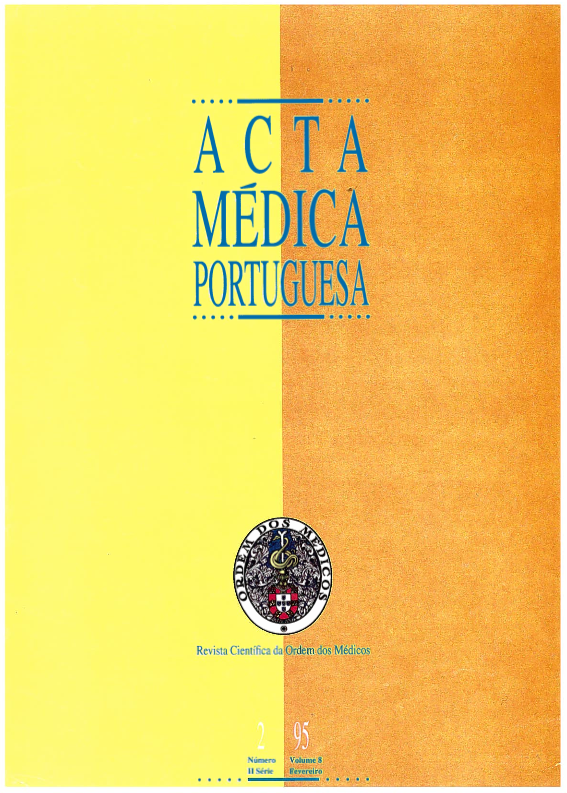Fetal arrhythmia. A case load of 4 years and a half.
DOI:
https://doi.org/10.20344/amp.2667Abstract
In a 4 1/2 year period fetal, echocardiographic studies were performed on 1600 fetuses. In 55 with arrhythmia, 44 had supraventricular ectopic beats, resolved in all, and none had heart disease. Sustained arrhythmias occurred in 11 fetuses. Atrial flutter was present in 3 all with heart disease (Ebstein disease, right atrial tumour and WPW diagnosed after birth). Another 3 fetuses had supraventricular tachycardia (SVT), all with a normal heart. In the bradycardia group, 2 had complete heart block (CHB) associated with AVSD; 2 sinus bradycardia and one had non conducted atrial ectopic beats. Digoxin was the first choice drug for tachyarrhythmia therapy; association with Verapamil, Flecainide, Quinidine and Procainamide was used in 4 of the 6. One fetus with CHB received Orciprenaline with no results. Atrial flutter resolved or improved; in SVT 2 fetuses converted to sinus rhythm and one died in utero. All fetuses with CHB died in cardiac failure. Mortality was 27% (3 cases) in utero and global 36%. In our experience most fetal arrhythmias (90%) were transitory ectopic beats or non lasting bradycardia in normal heart and did not trigger other kinds of arrhythmias. In sustained arrhythmias, heart failure and heart disease had a negative effect on prognosis.Downloads
Downloads
How to Cite
Issue
Section
License
All the articles published in the AMP are open access and comply with the requirements of funding agencies or academic institutions. The AMP is governed by the terms of the Creative Commons ‘Attribution – Non-Commercial Use - (CC-BY-NC)’ license, regarding the use by third parties.
It is the author’s responsibility to obtain approval for the reproduction of figures, tables, etc. from other publications.
Upon acceptance of an article for publication, the authors will be asked to complete the ICMJE “Copyright Liability and Copyright Sharing Statement “(http://www.actamedicaportuguesa.com/info/AMP-NormasPublicacao.pdf) and the “Declaration of Potential Conflicts of Interest” (http:// www.icmje.org/conflicts-of-interest). An e-mail will be sent to the corresponding author to acknowledge receipt of the manuscript.
After publication, the authors are authorised to make their articles available in repositories of their institutions of origin, as long as they always mention where they were published and according to the Creative Commons license.









